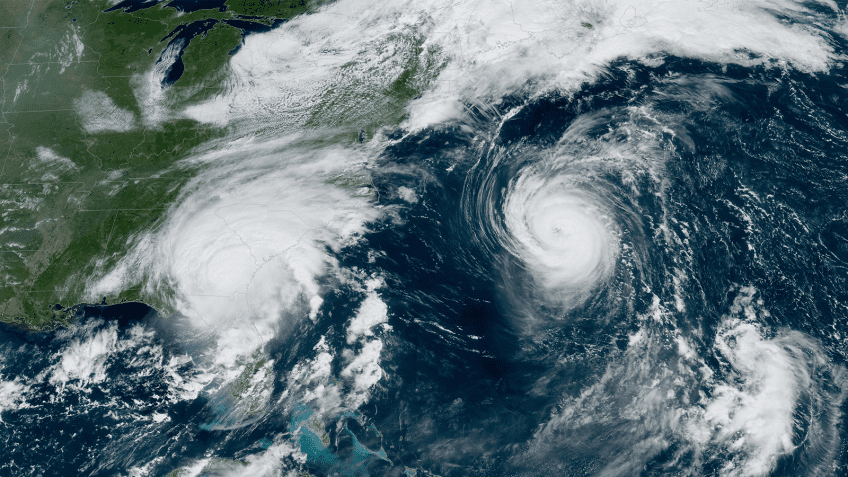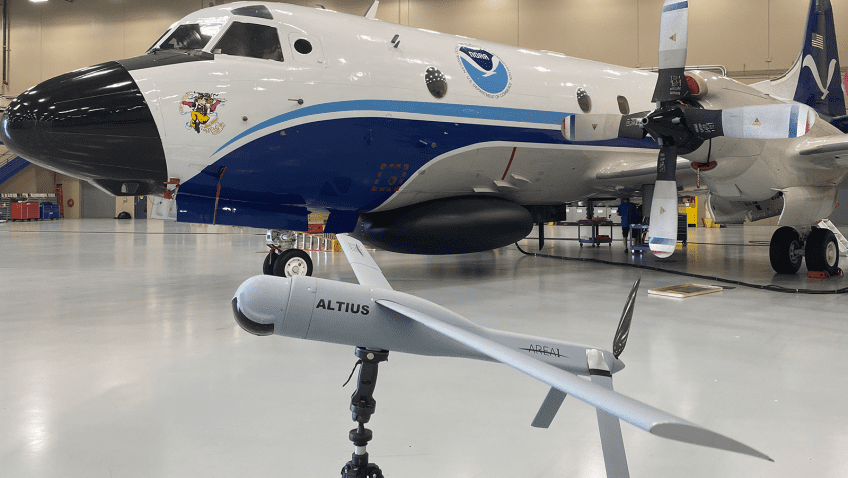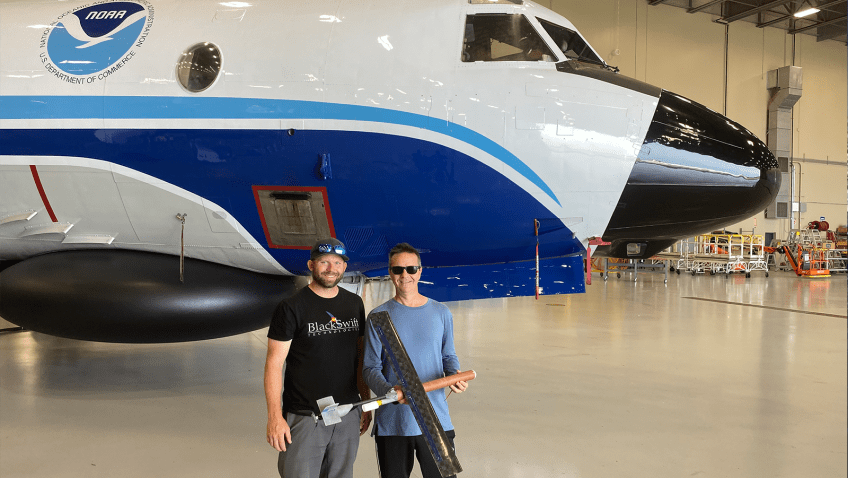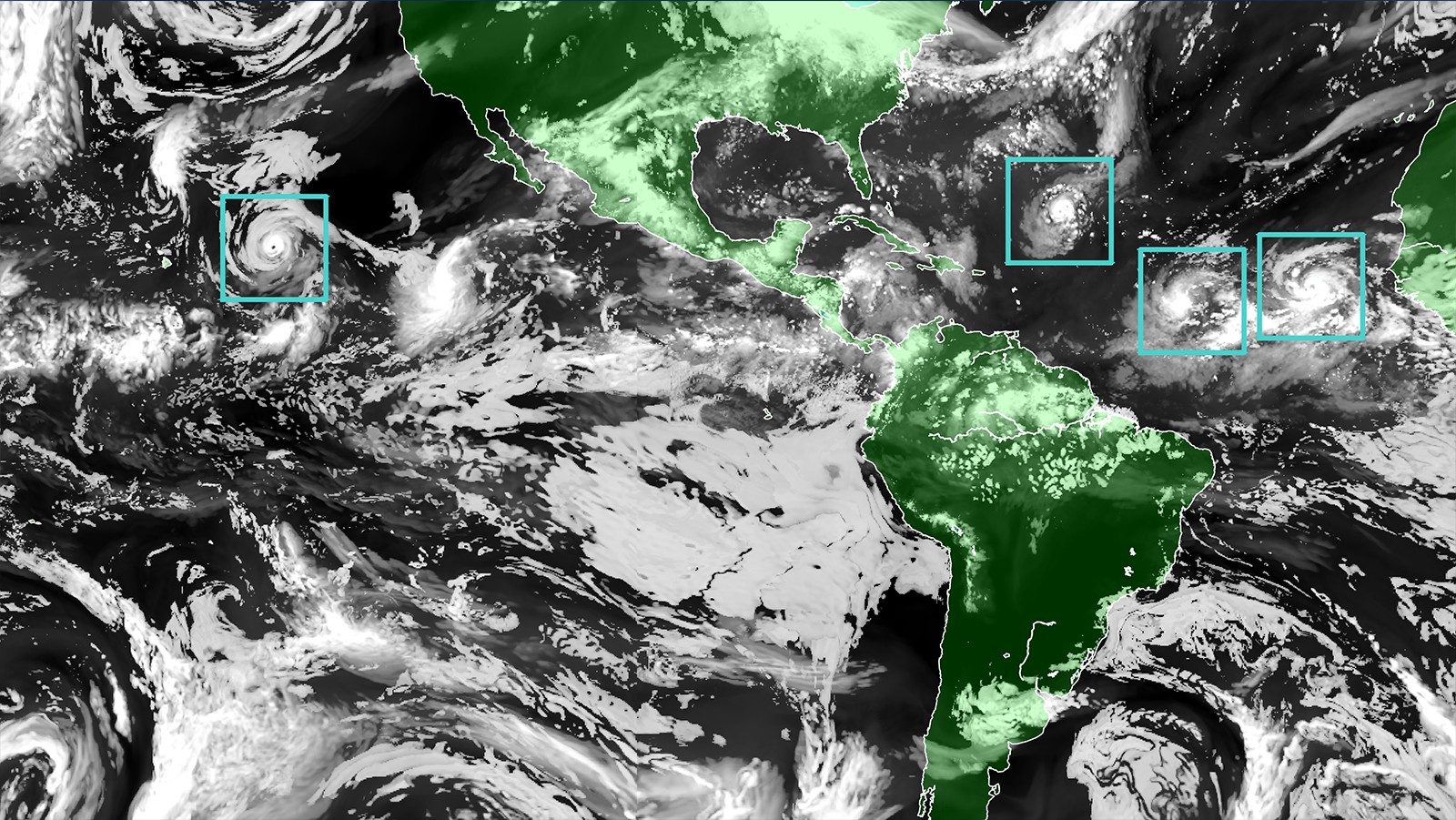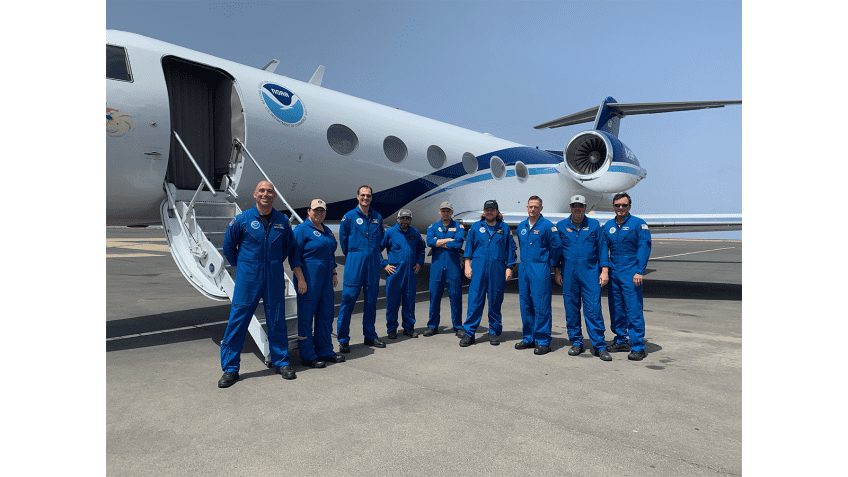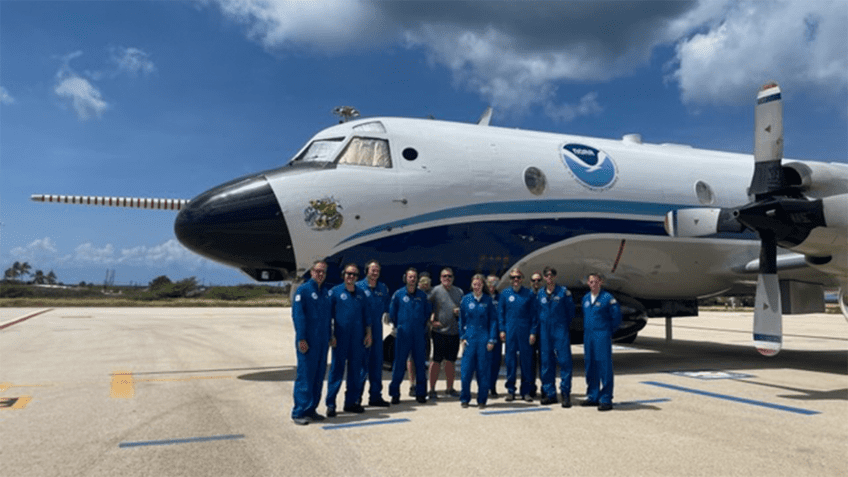In early July, the Caribbean experienced 165 mph winds as Category 5 Hurricane Beryl swept through the region. Beryl was unprecedented, becoming the Atlantic’s earliest forming Category 5 tropical cyclone on record. The storm developed and rapidly intensified to maximum wind speed in less than four days – a behavior uncommon this early in the season. Despite the unprecedented intensification, hurricane scientists with NOAA’s Atlantic Oceanographic and Meteorological Laboratory were prepared.
Lea el artículo completo
Observational Instruments Hurricane observational instruments allow scientists to collect real-time data that improves the accuracy of hurricane forecasts and provides critical information for weather prediction models. SCROLL TO LEARN MORE Researchers at the Atlantic Oceanographic and Meteorological Laboratory (AOML) employ an array of instruments to gather data from inside hurricanes. These instruments range [...]
Lea el artículo completo
Programa de Campo de Huracanes Temporada 2024 ¡Desplácese hacia abajo para más información! El Programa de Campo de Huracanes 2024 apoya el Experimento Avanzando en la Predicción de Huracanes (APHEX) de la NOAA. Esta página está organizada por proyectos que apoyan la investigación de las etapas del ciclo de vida de las tormentas, desde la génesis hasta la etapa final, así como las observaciones oceánicas y la validación por satélite. Acerca de APHEX: Desarrollado en [...]
Lea el artículo completo
El 30 de noviembre marca el final oficial de la temporada de huracanes del Atlántico 2023. Científicos y meteorólogos de toda la NOAA han superado los límites trabajando durante esta activa temporada para llevar a cabo investigaciones cruciales sobre los ciclones tropicales que reforzarán nuestra capacidad para predecir el desarrollo de futuros ciclones tropicales y proteger mejor a los más afectados.
Lea el artículo completo
Investigadores de huracanes de la NOAA desplegaron con éxito un nuevo sistema de aeronave no tripulada (UAS) en la tormenta tropical Tammy (2023) cerca de un vehículo de superficie no tripulado, saildrone, para medir partes de la tormenta demasiado peligrosas para que vayan los humanos. El Altius 600 UAS fue lanzado desde el avión cazahuracanes WP-3D Orion de la NOAA por científicos del Laboratorio Oceanográfico y Meteorológico del Atlántico de la NOAA durante misiones en la tormenta en coordinación con los investigadores y pilotos del saildrone.
Lea el artículo completo
Los investigadores de huracanes de la NOAA desplegaron con éxito un nuevo sistema de aeronave sin tripulación (UAS) en la tormenta tropical Tammy (2023) para medir partes de la tormenta demasiado peligrosas para los seres humanos. El UAS Black Swift Technologies S0™ fue lanzado desde el avión cazador de huracanes WP-3D Orion de la NOAA por científicos del Laboratorio Oceanográfico y Meteorológico del Atlántico de la NOAA durante misiones en la tormenta a medida que se fortalecía y se acercaba a las Islas de Sotavento del Caribe.
Lea el artículo completo
Mientras los huracanes Franklin e Idalia se fortalecían a finales de agosto, los científicos de la NOAA recopilaron datos críticos desde el aire, la superficie del mar y bajo el agua para mejorar las previsiones y aumentar el conocimiento científico. En menos de dos semanas, una flota de instrumentos oceanográficos estratégicamente situados recogió datos de temperatura, salinidad y velocidad del viento en superficie, mientras que el avión Hurricane Hunter de la NOAA voló repetidamente [...].
Lea el artículo completo
El Grupo de Modelización de Huracanes del AOML se fundó en 2007 para hacer avanzar los modelos de previsión de huracanes mediante el desarrollo y la investigación específica. Desde su creación, el equipo ha trabajado para mejorar los sistemas de modelización de huracanes de la NOAA; primero con el modelo heredado Hurricane Weather Research Forecast (HWRF), y ahora con su transición al modelo de próxima generación, Hurricane Analysis and Forecast System (HAFS).
Lea el artículo completo
Los investigadores de la NOAA buscan nuevas técnicas para avanzar en las previsiones de huracanes y proteger mejor la vida y la propiedad. En preparación para la próxima temporada de huracanes de 2023, que comienza el 1 de junio, los científicos están acelerando el uso de tecnologías de pequeñas aeronaves sin tripulación y la colocación de activos oceánicos de observación, entre otros avances. He aquí cinco formas en que los investigadores de la NOAA están mejorando las previsiones de la trayectoria e intensidad de los huracanes:
Lea el artículo completo
El trabajo de un cazador de huracanes es mucho más de lo que parece. Investigadores y pilotos de la Administración Nacional Oceánica y Atmosférica (NOAA) vuelan valientemente a uno de los entornos más peligrosos de la Tierra para recoger datos dentro de un ciclón tropical, lo que ayuda a mejorar los modelos de previsión y a proteger vidas y bienes.
Lea el artículo completo

